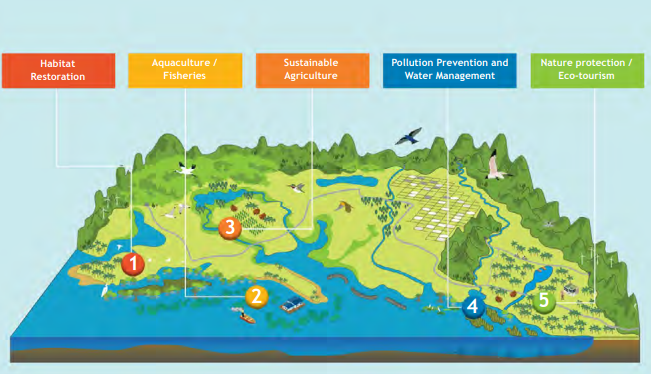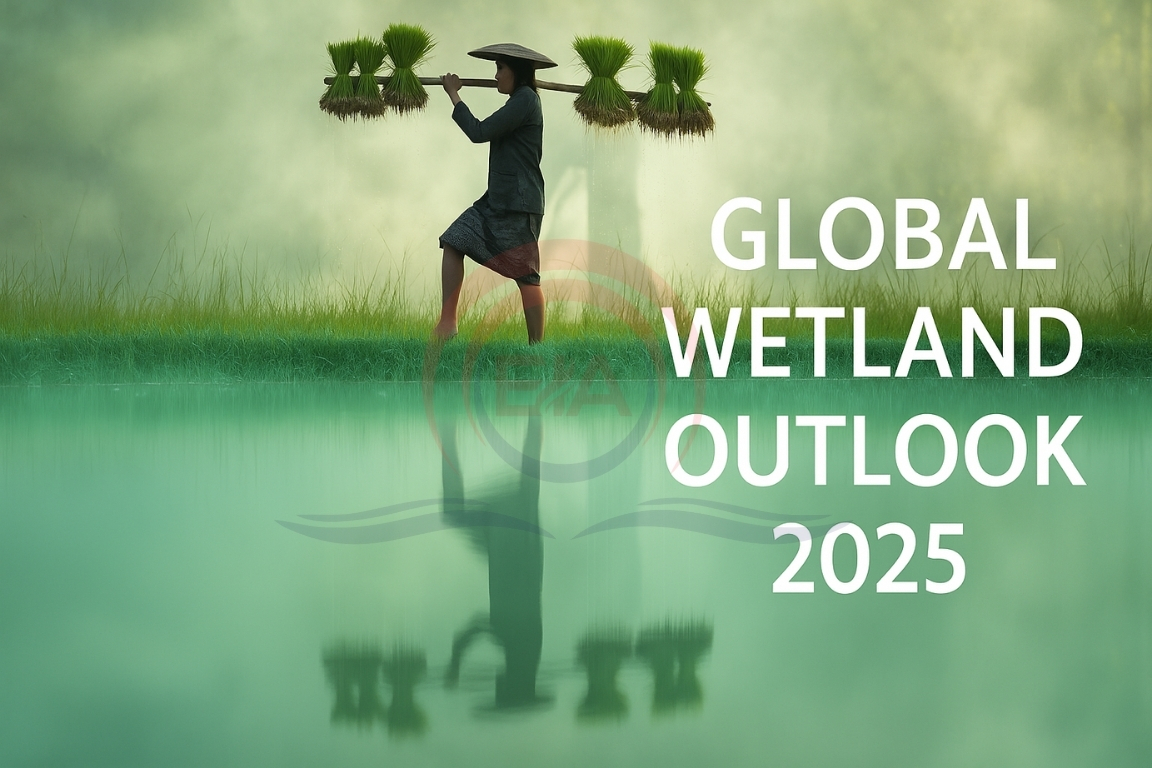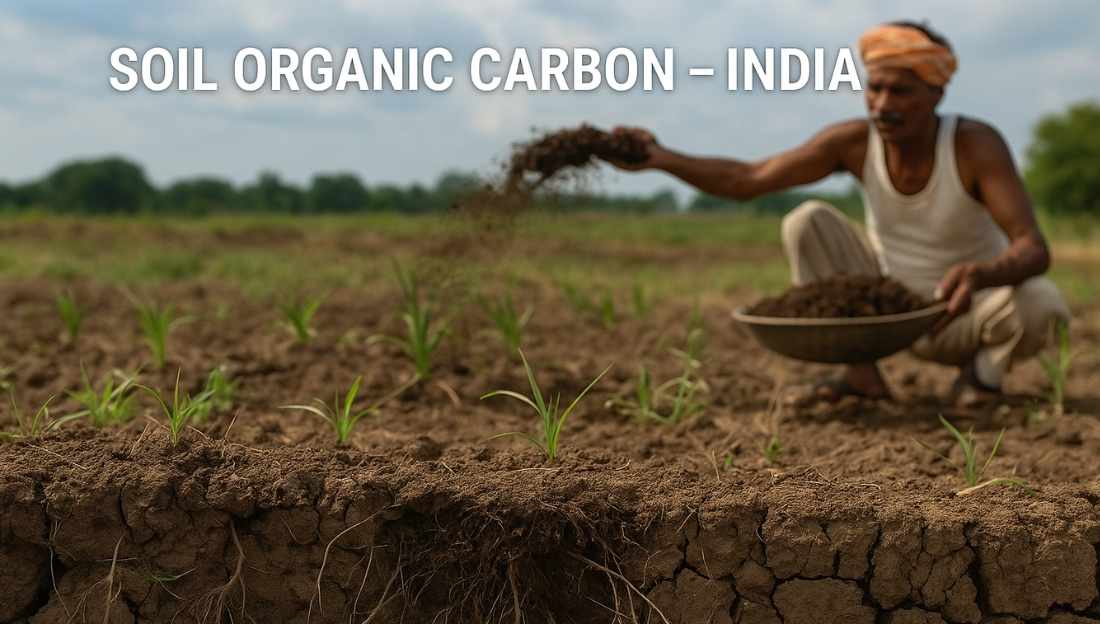The Ramsar Convention on Wetlands recently published the Global Wetland Outlook 2025. The report highlights the rapid decline and threats to global wetlands and calls for urgent conservation efforts.
About the Report
- Released by the Scientific and Technical Review Panel (STRP) of the Convention on Wetlands.
- Gives a global update on the condition, trends, value, and policy responses related to wetlands.
- Reviews 11 major wetland types such as mangroves, peatlands, rivers, coral reefs, marshes, tidal flats, and lakes.
Main Findings
- 22% of wetlands have been lost since 1970, which equals around 411 million hectares.
- Wetlands are vanishing at an average rate of 0.52% per year, varying by wetland type.
- Recent declines are more severe in Latin America, Africa, and the Caribbean, while invasive species and drought impact wetlands in Europe and North America.
- Urban growth, industries, and infrastructure projects are key reasons for the decline in developing regions.
Value and Investment
- The remaining wetlands (1,425 million ha) provide services worth up to $39 trillion annually.
- Managing existing wetlands until 2050 could offer returns of over $205 trillion.
- Restoring wetlands is expensive — costs may range from $1,000 to $70,000 per hectare annually.
- Only 0.25% of global GDP is spent on biodiversity, showing a major shortfall in funding.

Suggestions
- Increase public and private investment using platforms like the Kunming-Montreal Global Biodiversity Framework (GBF).
- Wetlands must be seen as nature-based solutions for climate and ecological stability.
- Strong policies, public awareness, and political commitment are crucial.
Wetlands in India
- India has around 4.6% of its area as wetlands.
- It has 91 Ramsar sites, the highest in South Asia.
- Includes Himalayan lakes, river floodplains, coastal lagoons, and mangroves.
Wetlands contribution
- Wetlands provide four types of ecosystem services – provisioning (like food and water), regulating (like climate and water purification), cultural (like recreation and spiritual value), and supporting (like habitat and soil formation).
- Wetlands’ value is often underestimated, but ecosystem service valuation helps highlight their crucial benefits for human well-being and environmental sustainability.
- A pluralistic approach is needed to understand wetland values, considering different worldviews and goals like stewardship, prosperity, and harmony with nature, as emphasized by IPBES.





